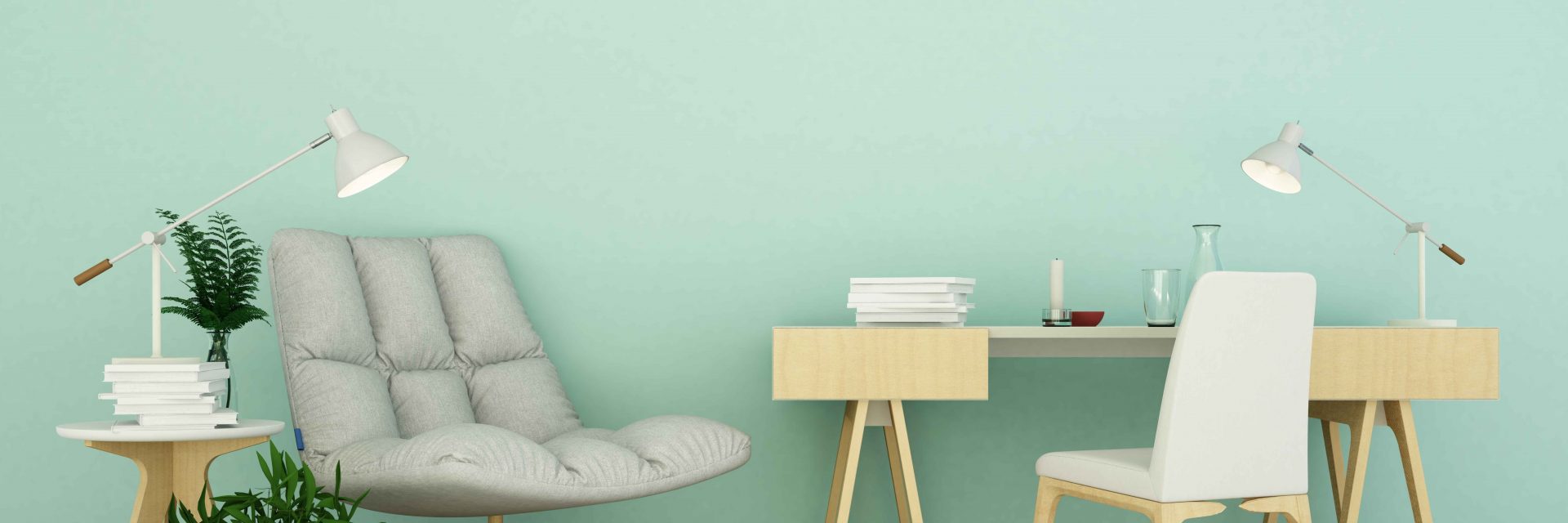Learn Exactly How Seasonal Elements Influence Industrial Exterior Paint Success And Discover The Most Effective Times To Make Sure Long-Term Outcomes For Your Project
Learn Exactly How Seasonal Elements Influence Industrial Exterior Paint Success And Discover The Most Effective Times To Make Sure Long-Term Outcomes For Your Project
Blog Article
Personnel Writer-Korsholm Urquhart
When you're preparing a business exterior painting task, seasonal factors can make or damage your results. You'll intend to think about just how temperature level and moisture impact paint application and drying out times. Picking the right period can guarantee your paint adheres properly and lasts much longer. However which periods are genuinely the most effective for this sort of work? Let's check out the crucial elements that can influence your project's success.
The Effect of Temperature Level on Paint Application
When you're intending an industrial external painting job, the temperature can dramatically influence exactly how well the paint sticks and dries out.
Preferably, you intend to repaint when temperatures range between 50 ° F and 85 ° F. If it's as well cool, the paint may not cure correctly, resulting in issues like peeling or fracturing.
On the other side, if it's too warm, the paint can dry out as well promptly, stopping appropriate adhesion and leading to an uneven surface.
You must likewise consider the time of day; early morning or late afternoon offers cooler temperature levels, which can be a lot more positive.
Always examine ceiling wall same color for the particular paint you're using, as they commonly give guidance on the perfect temperature level array for optimal results.
Moisture and Its Impact on Drying Times
Temperature isn't the only ecological element that influences your commercial outside paint task; moisture plays a substantial duty as well. High humidity levels can reduce drying times dramatically, influencing the general quality of your paint task.
When the air is saturated with moisture, the paint takes longer to treat, which can bring about problems like bad adhesion and a higher risk of mildew development. If you're repainting on an especially humid day, be planned for prolonged delay times in between layers.
It's important to monitor regional weather and plan appropriately. Preferably, aim for moisture levels between 40% and 70% for ideal drying out.
Keeping these factors in mind ensures your job stays on track and provides a long-term finish.
Best Seasons for Commercial Outside Painting Projects
What's the very best time of year for your commercial external paint jobs?
Springtime and early loss are typically your best bets. Throughout these periods, temperatures are moderate, and moisture degrees are typically lower, creating optimal problems for paint application and drying out.
Avoid summertime's intense heat, which can cause paint to dry too rapidly, causing inadequate attachment and surface. Likewise, wintertime's cool temperatures can impede appropriate drying out and treating, risking the longevity of your paint work.
Go for days with temperature levels between 50 ° F and 85 ° F for ideal outcomes. Remember to examine the neighborhood weather prediction for rainfall, as wet problems can wreck your job.
Planning around these aspects ensures your paint job runs efficiently and lasts much longer.
Verdict
Finally, preparing your industrial outside painting jobs around seasonal considerations can make a substantial difference in the result. By organizing work throughout the ideal temperature levels and humidity degrees, you'll make certain far better bond and drying out times. Remember to watch on regional weather report and select the correct time of year-- springtime and very early loss are your best bets. Taking click the up coming internet site will help you accomplish a long lasting and expert surface that lasts.
